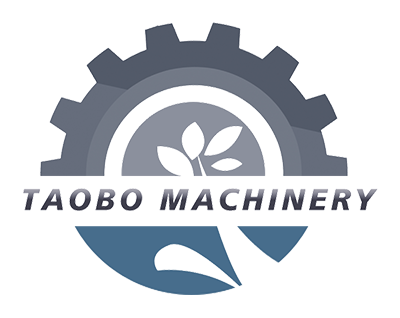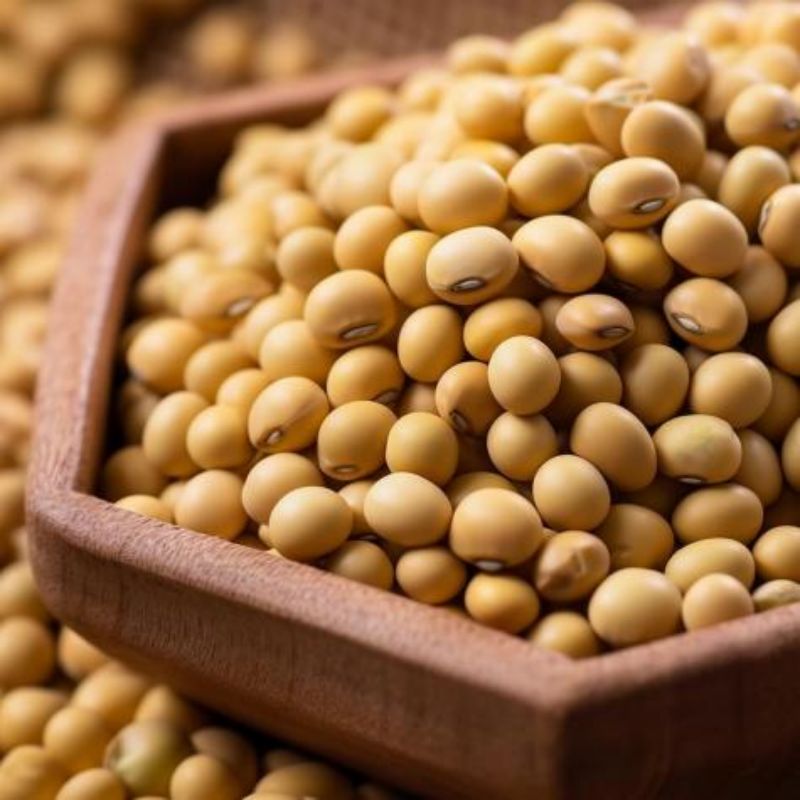1. Soil conditions
Argentina’s main soybean growing area is located between 28°and 38°south latitude. There are three main types of soil in this area:
1. Deep, loose, sandy loam and loam rich in mechanical components are suitable for soybean growth.
2. Clay soil type is suitable for the growth of other food crops, but soybeans can also be grown moderately.
3. Sandy land is thin soil type and is not suitable for soybean cultivation.
The pH of the soil has a great influence on the growth of soybeans. Most soils in Argentina have a high pH value and are suitable for soybean growth.
2. Climatic conditions
The climate conditions in Argentina’s main soybean-producing areas vary, but generally speaking, spring is tight and the temperature is suitable. This season is a critical period for soybean growth. The climate in summer is hot and there is less rainfall, but the average summer temperature in most areas is relatively low and rainfall is relatively frequent, providing moisture guarantee for the growth of soybeans. Autumn is the harvest period, with less rainfall and slightly cooler temperatures.
Due to Argentina’s natural geographical conditions, soybeans require a long lighting period during growth and can grow well in sufficient sunlight.
3. Water resources
During the soybean growing season, Argentina has relatively abundant water resources. Argentina is rich in rivers and lakes, and there are abundant underground water resources beneath the land. This allows soybeans to ensure adequate water supply during the growing period. In addition, the quality of water resources in Argentina is generally good and will not have a negative impact on soybean growth.
Summary: Argentina’s natural conditions such as land, climate and water resources are very suitable for soybean growth. This is why Argentina has become one of the world’s leading soybean producers.
Post time: Nov-30-2023








